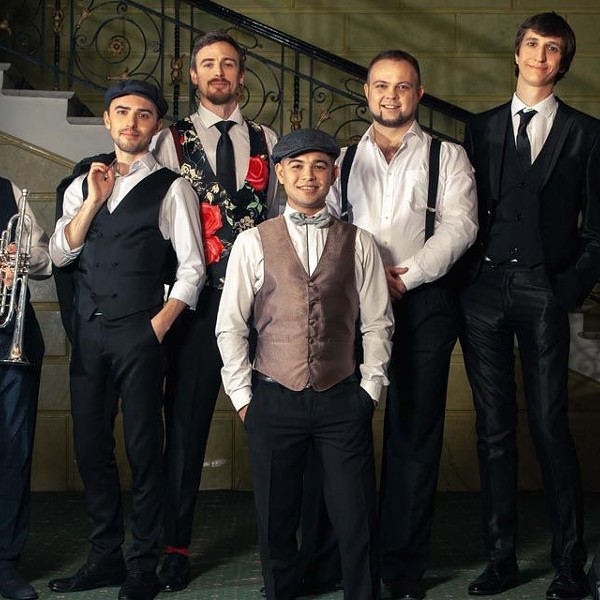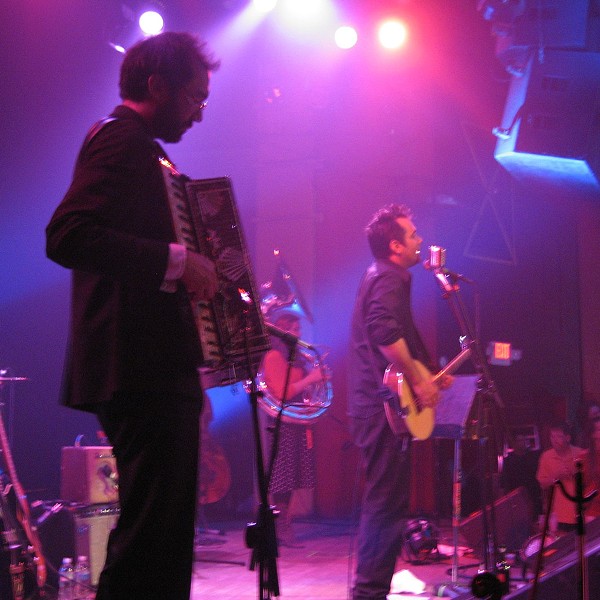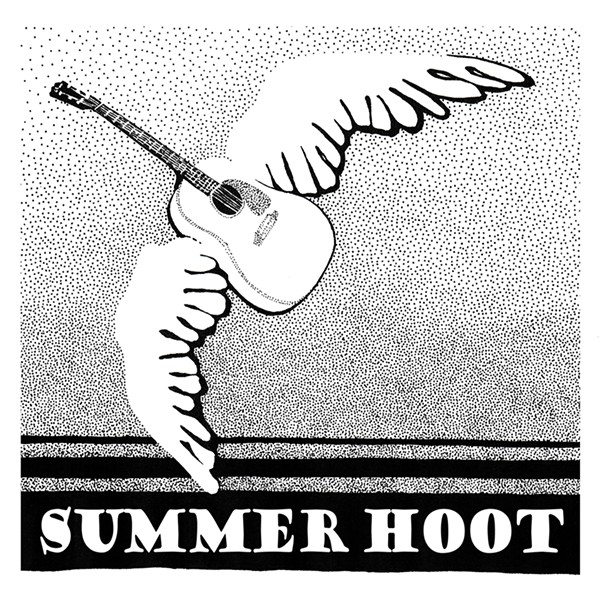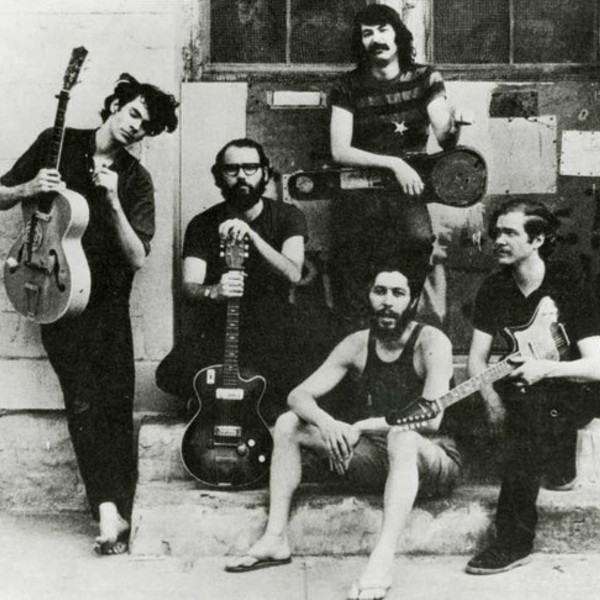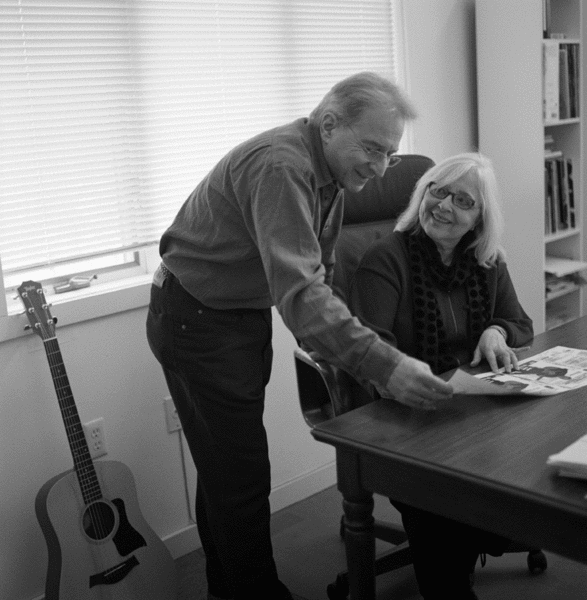
In the opening minutes of the DVD Rory Block Teaches the Guitar of Robert Johnson, the acoustic blues queen sits on a shadowy set; just her, her guitar, and one well-aimed spotlight beaming down from on high. She launches into Johnson’s classic “Preaching Blues,” her demonic slide wreaking Hades up and down the neck of her instrument as she belts out the tune’s stinging lyric, a down-home commentary on religious hypocrisy. When the song is done she starts to talk about when she first met the blues, way back in the early 1960s.
“I got to meet and learn from [country blues legend] Son House, who was a direct influence on Robert Johnson,” Block recalls as she sits in front of a couple of cameras in a tiny studio, making this instructional video for Happy and Jane Traum’s ever-expanding, folk-centric Homespun Tapes label. “Of course, no one will ever be able to play exactly like Robert Johnson. But if I’m able here to take some of what Son House taught me—and taught Robert Johnson before me—and pass it on to you, then maybe you can combine it with some of your own experiences. And maybe you will continue this fabric.”
One couldn’t ask for a more perfect summation of Homespun’s mission to document and keep this same rich fabric of handmade music flowing. It’s a loving task the Traums and their staff have been ably pursuing for 40 years.
Both Happy, himself a modern folk icon, and Jane, who has a background in theater, grew up in the Bronx and went to separate, forward-thinking Manhattan schools; he to the Fiorello H. LaGuardia-founded High School of Music and Art, she to the School of Performing Arts High School (the institutions merged in 1984). So how did they come to discover folk music in pre-revival 1950s New York?
“We were lucky, in that the schools we went to had people from all five boroughs,” Happy explains from the conference room table of Homespun’s carpeted, white-walled headquarters, a renovated house just outside the village of Woodstock. “There were lots of kids there playing guitars and banjos, that kind of thing. And then in about 1954 I got taken by some friends to a Pete Seeger concert, which really turned me around. Up until then, I really only knew the music we were hearing on the radio, which was Perry Como, Doris Day, Patti Page, those kinds of people. So hearing [folk artists] playing ‘real’ instruments and singing was extremely ear-opening.” Armed with Seeger’s How to Play the 5-String Banjo lesson book (since reprinted by Homespun), Happy began partaking in the fabled Sunday hootenannies in Washington Square Park. It was there that he and Jane got acquainted.
“The early folk music scene in the Village was just fantastic,” Jane says. “It was just so amazing that the music was out there, and to meet other people who liked it and knew about it.” The couple reveled in the setting’s active milieu of parties, nightclub and coffeehouse sessions, and folksings, getting to know rising greats like Phil Ochs, Richie Havens, John Sebastian, Odetta, and a new kid in town, Bob Dylan. In 1963, as a member of the New World Singers, Happy cut the first recorded version of “Blowin’ in the Wind” and duetted later that year with Dylan on “Let Me Die in My Footsteps” for Folkways’s Broadsides compilation (the two would work together again in 1972, when Happy performed on three tracks for Bob Dylan’s Greatest Hits, Volume 2).
Prior to the company’s existence, outside of a handful of books and the odd “play-along” LP, there hadn’t really been any way to learn how to play folk music other than by transcribing it by ear from old 78s or by getting enlightenment firsthand from the shrinking number of surviving sources. Today, Homespun’s catalog contains over 350 DVDs (a few titles linger on VHS, but most have been converted to disc) and more than 125 CDs. The releases offer instruction on seemingly every instrument, from guitar to piano to voice to Irish pennywhistle, in styles ranging from folk to bluegrass to jazz, klezmer, and rock.
But in the late ’60s, the business wasn’t the only growing endeavor in the couple’s lives. They’d also started a family, and decided to relocate with their three children, Merry, April, and Adam, to the artists’ and musicians’ haven of Woodstock in 1967. “[The music scene] around here was a lot different back then and in the Seventies [than it is now],” Happy says. “There were fewer choices for personal entertainment; no cable TV, no Internet, no ‘American Idol.’ People didn’t stay in so much. So there was a lot more socializing, a lot more places for live music. There was Deanie’s, Whitewater Depot, the Sled Hill Cafe; you could catch Charles Mingus or Bonnie Raitt at the Joyous Lake. There was always something going on.”
In 1968, Happy formed a musical duo with his brother, fellow singer and guitarist Artie Traum. The twosome hit big that year and the following one at the Newport Folk Festival, netting deals with both Capitol Records and famed manager Albert Grossman and becoming perhaps the most influential folk duo of the post-Dylan era. (The brothers have played together less in the last few years but recently completed a tour of Japan.) All of this attention to Happy as an artist, coupled with the Hudson Valley’s burgeoning notoriety as a musical hub, served only to help Homespun’s profile as the company continued to grow.
Throughout Homespun’s history, Jane’s and Happy’s roles have been hectic but fairly well defined. She manages the business end, running the office, coordinating the 10-person staff, overseeing the design of the packaging and promotional materials, and keeping track of finances. In turn, Happy books the artists, directs and edits the sessions, and writes the copy for the catalog and website—the latter a duty for which he is well prepared, having been the editor of top folk music magazine Sing Out! (1967-70) and a contributor to Guitar Player and similar publications.
In the ’70s, the label added lesson books and updated the format to cassette tapes (now supplanted by CDs), and in the ’80s, introduced video lessons and began producing and releasing tutorials by friends and contemporaries like Sebastian, Havens, Paul Butterfield, Dr. John, Pete Rowan, Tom Rush, Richard Thompson, David Grisman, and others.
“Working with Homespun has been one of the smoothest exchanges of music and business I’ve been involved in,” says longtime Woodstocker Sebastian. The former Lovin’ Spoonful leader has done five titles for the imprint, with a sixth, a DVD showing how to play Spoonful hits, due out this spring. “They’re really knowledgeable about music and they make sure the bills get paid on time.”
But things really jumped to a whole new level when Homespun began producing lessons by the elder greats of roots music, veritable giants like Ralph Stanley, John Jackson, Bill Monroe, Ramblin’ Jack Elliot, Doc Watson, and Howlin’ Wolf guitarist Hubert Sumlin.
After a while, some of the Traums’ heroes even began to approach them to tape lessons. One of the most unexpected queries came from renowned TV host and jazz pianist Steve Allen.
“One day, we just got a call from his secretary, who said he wanted to make a tape for our label,” Jane recalls, seemingly still in disbelief. “Of course, we loved Steve Allen, so we said yes right away. He used a teleprompter, and we were afraid that it might make things less spontaneous. But when you watch the lesson you can’t even tell.”
Not all of Homespun’s video-teachers are of the old guard, however. The catalog also boasts DVDs, CDs, and book-and-CD sets by next-generation marvels like singer-songwriter and slide-guitar virtuoso Kelly Joe Phelps, banjo whiz Bela Fleck, Stray Cats bassist Lee Rocker, and Nickel Creek multi-instrumentalist Chris Thile.
“We’re trying to offer a situation where if someone wants to learn how to play an instrument or a certain style, they can learn it from the absolute best people to learn from,” Happy says. “But we also want to create a permanent library of these great musicians. So that fifty or a hundred years from now people will be able to see what Doc Watson or Bill Monroe looked and sounded like, so they can see and hear them talk about their lives and actually see how they played their music.”
So in a way, the Traums go musicologists John and Alan Lomax one better, preserving not only the music and voices of these incredible musicians, but also having them literally show us their secrets. One of the best embodiments of Homespun’s many successes in preserving these cultural treasures is The Fingerpicking Blues of John Jackson. In the hour-long DVD, the vaunted Virginia bluesman demonstrates his inimitable ragtime-derived Piedmont style, swapping licks and stories with moderator and guitarist Roy Book Binder. Using one of Homespun’s trademark tricks, the program shows a full-screen close-up of Jackson’s picking hand and a smaller inset of his fretting fingers as he slows down and explains his methods for the cameras. Watching what feels like a real back-porch country blues session and hearing this genial, teddy bear-like man speak about his life and music, it’s obvious that the moments on this disc add up to something truly precious. The fact that Jackson passed on only a few years after they were captured just underscores the poignancy.
So there’s somewhat of a paradox at play here: Technology’s unstoppable march threatens to turn our world into so many ones and zeros, but the Traums are using this same digital science to preserve and convey the sublime pleasures of being able to hear and learn how to make a few sweet sounds on age-old instruments of wire and wood—by those who know or knew how to do it best. And, far into the future, those here will have Homespun Tapes to thank for making sure these vital traditions are still alive, continuing to be passed from wrinkled to tender hands.
To view Homespun Tapes’ tradition-rich catalog, visit www.homespun.com.











